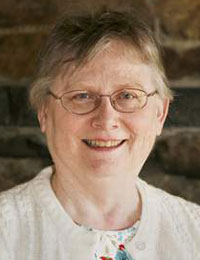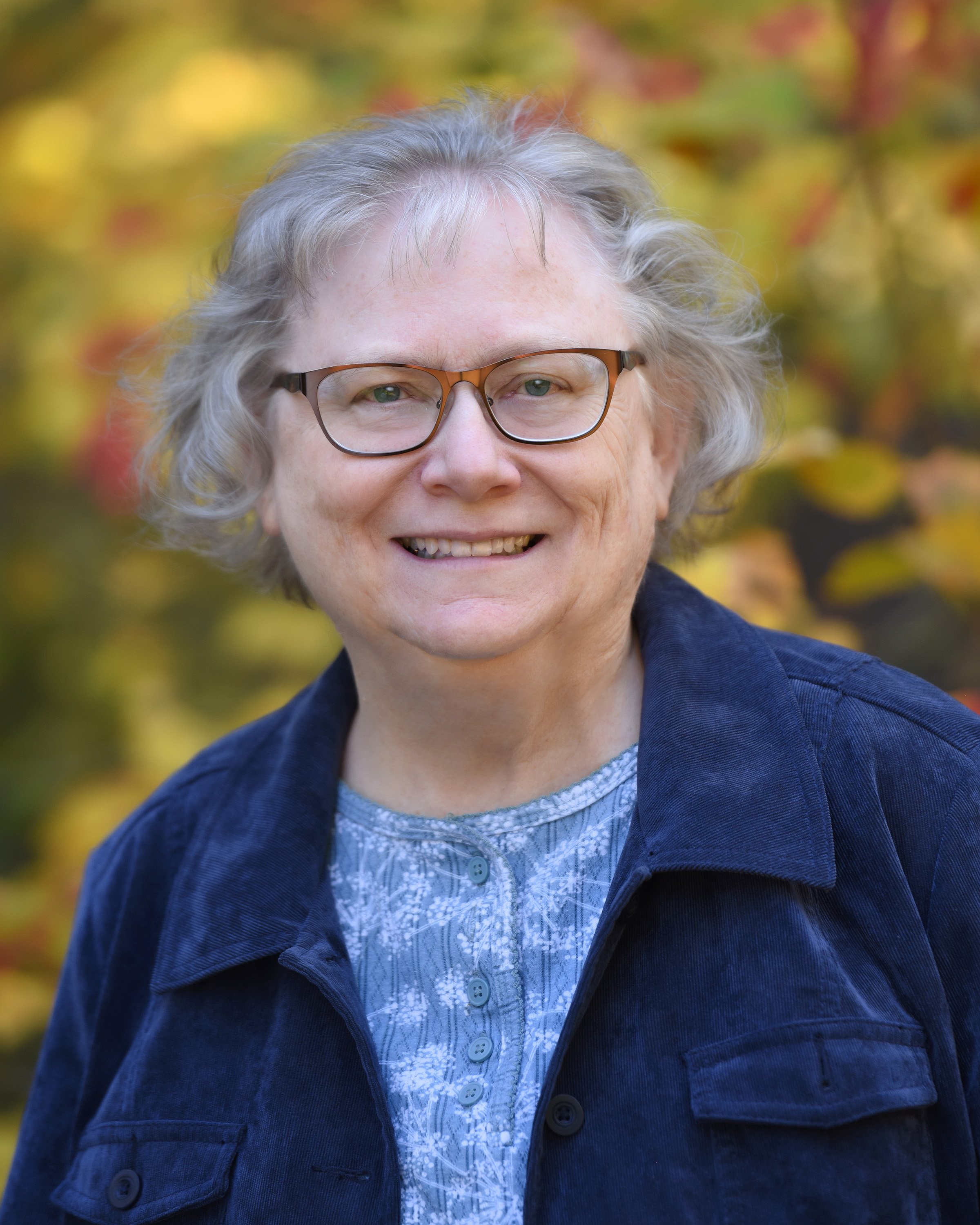 That pile of photocopied original documents you have sitting on your table looks especially mountainous when you start compiling genealogical text. How much of it needs to be included? How should it be presented? What is important and what is not?
That pile of photocopied original documents you have sitting on your table looks especially mountainous when you start compiling genealogical text. How much of it needs to be included? How should it be presented? What is important and what is not?
Before you can properly transcribe, abstract, or translate records, you need to know what they say. What are the parts of a deed, of a will, what is an “execution” from the court? These can all be topics for future Vita Brevis posts. In the meantime, look at examples of abstracts in the Early New England Families Study Project sketches for ideas. Study articles in the Register for examples of translating and interpreting documents. (In fact, here’s a challenge: read an issue of the Register from cover to cover sometime, whether you are interested in the topics or not.)
When you are ready to do something with your document, there are three basic choices:
Transcript: There are very few situations where a full transcript of an original record needs to appear in a genealogy. Wills often have long preambles, deeds are at least ¾ boiler plate legal text, and court records contain more jargon. Full transcriptions of wills and inventories are sometimes given for the founding father of a family, but we would end up with a six-volume set if we included such detail for everyone.
Abstract: The alternative to a full transcription is an abstract giving basic, pertinent information, sometimes with partial transcripts of sections of the document. I like to include quotes in the original language of the record for “flavor,” and I always look for interesting descriptions of property, but all the metes and bounds do not have to be included, especially when they involve rocks and trees. Some records might be abstracted in less detail than others and some records may not be abstracted at all.
Translate: If we are dealing with a person who bought and sold a lot of land, or with an estate that was contested by heirs for decades, we can consolidate the information and generalize – “Joshua Scottow was an active conveyor of real estate in Boston and Maine, buying, selling and mortgaging multiple properties over forty years between the 1650s and 1690s” – rather than include every single deed. If we need to interpret multiple documents in the process of constructing a proof argument, rather than trying to present abstracts of all records, we can paraphrase and summarize. Of course, sources still need to be cited in the footnotes.
Any, or all, of these choices can be used in your genealogy. Start with a will or a deed in your collection, abstract it and then compare to the examples mentioned above. Practice makes perfect … unless we are discussing my piano lessons.
Share this:

About Alicia Crane Williams
Alicia Crane Williams, FASG, Lead Genealogist of Early Families of New England Study Project, has compiled and edited numerous important genealogical publications including The Mayflower Descendant and the Alden Family “Silver Book” Five Generations project of the Mayflower Society. Most recently, she is the author of the 2017 edition of The Babson Genealogy, 1606-2017, Descendants of Thomas and Isabel Babson who first arrived in Salem, Massachusetts, in 1637. Alicia has served as Historian of the Massachusetts Society of Mayflower Descendants, Assistant Historian General at the General Society of Mayflower Descendants, and as Genealogist of the Alden Kindred of America. She earned a bachelor’s degree from the University of Connecticut and a master’s degree in History from Northeastern University.View all posts by Alicia Crane Williams →